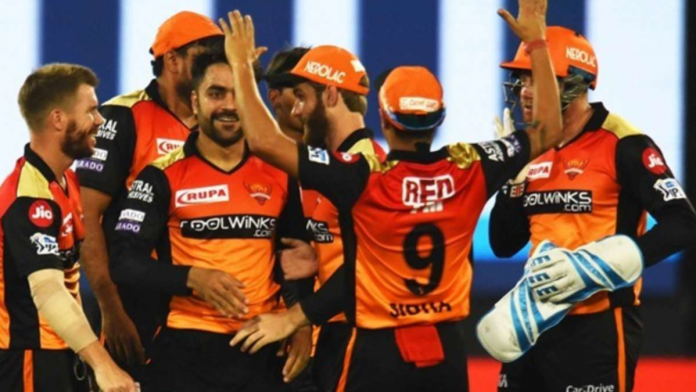Right to Match Card in IPL
With the IPL all set to have a Mega auction next season, all eyes will be on what players the remaining eight franchises retain. In addition to that, there are reports of two new franchises joining the roster in IPL 2022, which is undoubtedly a piece of good news for the fans, as there will be more games. One thing everyone wants to know what is right to match card in IPL.
How does player retention work in an IPL auction?
If we stick to the general rules, the eight franchises will retain five players ahead of the next IPL auction. Each franchise will have to pay a predetermined cost to retain a player.
From these, a franchise can retain a maximum of three capped Indian players, a maximum of two uncapped Indian players, and a maximum of two overseas players.
What is the Right to Match card in an IPL auction?
One fascinating aspect of an IPL auction is the ‘right to match’ card, commonly called the ‘RTM card.’ An RTM card allows a franchise to buy an unretained player who played for them in the previous edition for the highest bidding amount the player has received in that auction.
For example, let us consider a case where Mumbai Indians have not retained Rohit Sharma. The highest price he fetches in the bidding war is INR 15 Crore from Chennai Super Kings. Now, MI can use the RTM card to match the final bid to sign Sharma.
How many RTM cards can a franchise have?
There are certain RTM card rules pertaining to how many RTM cards a franchise can have in an IPL auction. A franchise can sign five players by combining the retained players and players brought by using RTM cards.
So, how many right to match cards a franchise has depends on the number of retentions. For example, say Rajasthan Royals decides to retain five players. In that case, they will not have any right to match cards.
If the franchise retains four players, they will have one RTM card. In case the teams retain three players, they will get three RTM cards. If they retain two players, they get one RTM card. However, it should be noted that, given any scenario, a team can get only three RTM cards.
Category guidelines on RTM cards
A team will not be able to use its power to match the highest bid for any given player. It has to adhere to the retention guidelines of a maximum of three capped Indian players, two uncapped Indian players, and two overseas players.
From the previous example, say the Rajasthan team retain one capped Indian in Sanju Samson and one overseas player in Jos Buttler. They will then get the power of matching the highest bid by other franchises for three cricketers – with a maximum of one capped Indian, one uncapped Indian, one overseas player. In this way, they can form a squad with five cricketers who played for them the last edition.
The power of RTM cards
In previous editions, franchises like MI and CSK, who have won multiple titles, have shown the perfect use of this power. In the 2018 edition, CSK used an RTM to sign Faf du Plessis for a price of INR 1.6 crores, while MI brought Kieron Pollard for INR 5.4 crores. The price they spent can be considered bargains, as both are still going strong in the IPL, and they have won many matches for their teams over the years.
Also Read: Who are the players to have scored 5000 runs in IPL?




